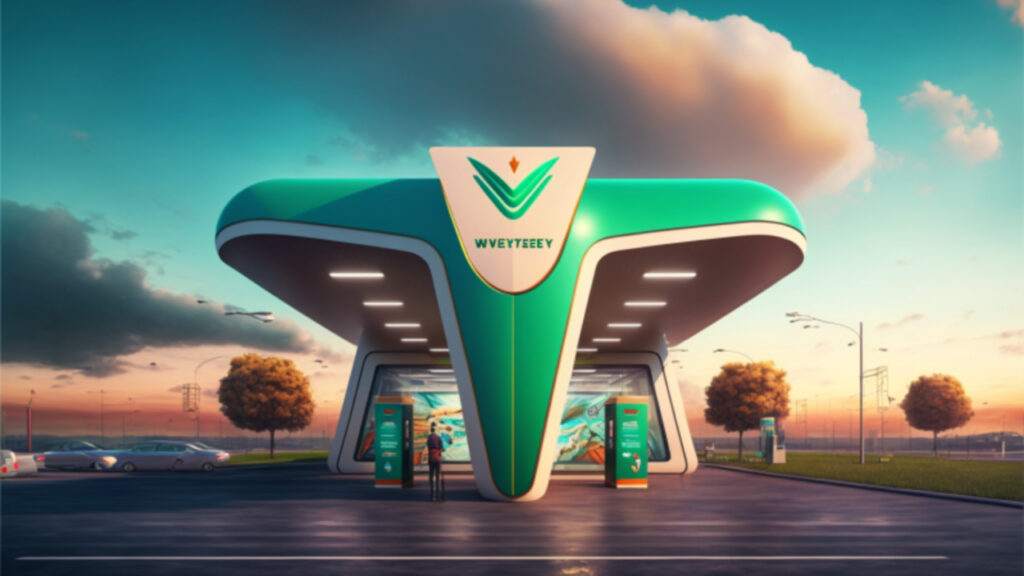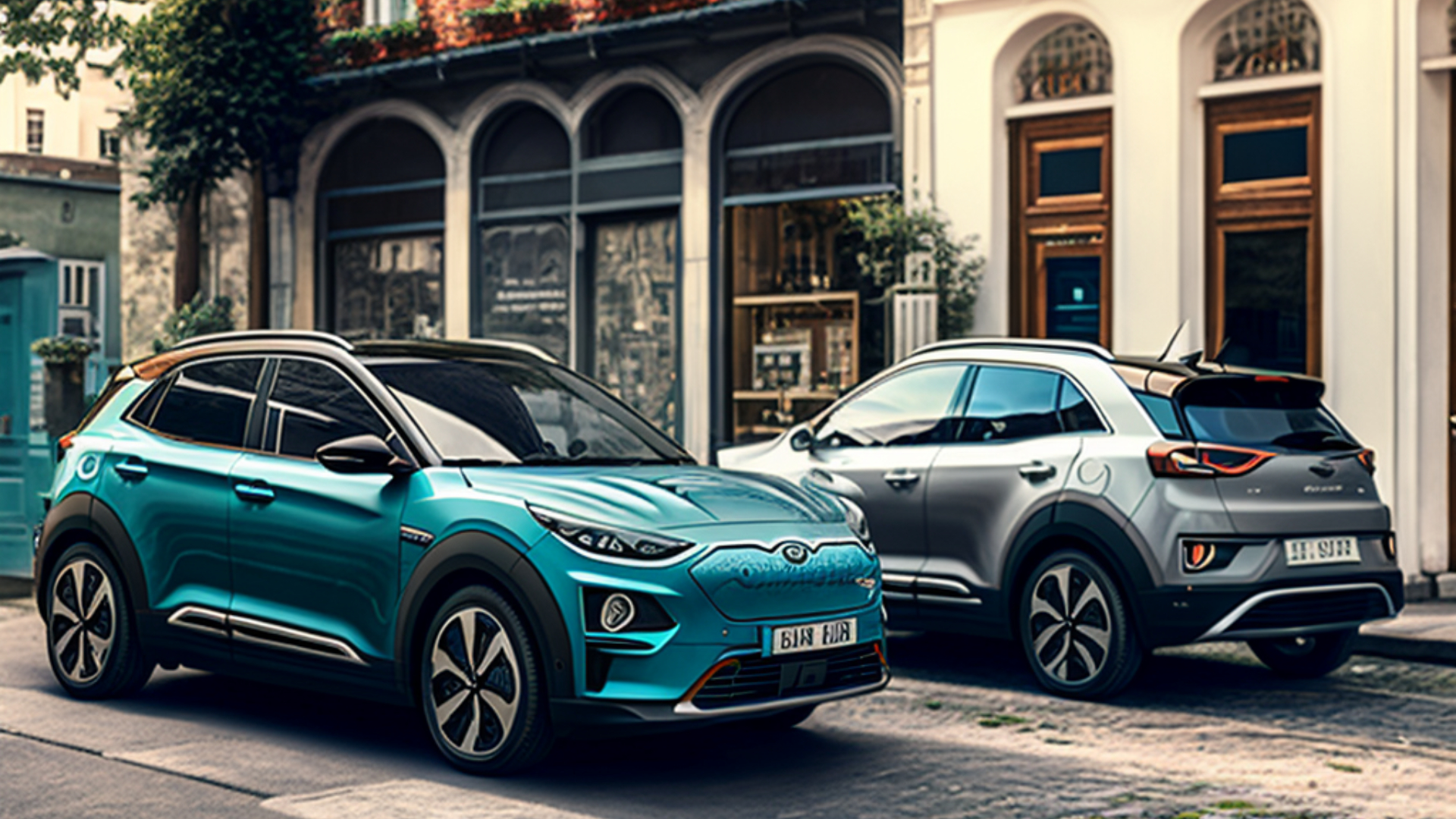Electric motoring offers a sustainable solution that benefits the planet and maybe your pocket. Get with the trend and learn why switching to an EV could be the smart choice for you.
The government is encouraging their usage through tax incentives and infrastructure improvements. While the initial cost may be higher, advancements in battery technology and charging infrastructure are making electric cars a viable option. With different options available, including fully electric, hybrid, and hydrogen fuel cell vehicles, it’s crucial to understand the pros and cons of each type.
Although some challenges remain, electric cars are undoubtedly the future of transportation. With climate change at the forefront of global concerns, the public needs to adapt and embrace this technology.
Environmentally Friendly
The wider adoption of Electric Vehicles still faces challenges, such as their higher upfront cost compared to ICE vehicles and limited driving range in some models. But, as the advantages of EVs become more widely acknowledged and technology advances, EVs will eventually become the dominant form of transportation.
The shift towards sustainable and environmentally friendly modes of transportation is happening rapidly, and the electric vehicle market is leading the way. The global EV market is poised for tremendous growth soon, as major automakers are putting significant investments into this advanced technology. EVs are highly attractive due to their outstanding eco-friendliness. They produce no emissions, reducing our reliance on fossil fuels and making them a more responsible choice for the environment. Additionally, owning an EV is more economical compared to a conventional internal combustion engine vehicle, with lower costs and maintenance expenses.
Improving technology
Battery technology has also improved dramatically, with batteries becoming more energy-dense and long-lasting, leading to an increase in the range of EVs. With the market offering a diverse range of options including battery electric vehicles (BEVs), plug-in hybrid electric vehicles (PHEVs), and hydrogen fuel cell electric vehicles (FCEVs), consumers have a multitude of choices to suit their individual needs.
Better infrastructure for Charging
EV charging infrastructure improves with increased charging stations and faster tech. This expands charging options and speeds up the process for EV owners. Advances in battery tech, like energy density and longer lifespan, boost EV range, making them ideal for both long trips and daily commutes.

Price
The widespread adoption of EVs faces challenges, including a higher upfront cost compared to traditional internal combustion engine (ICE) vehicles. While government incentives and long-term cost savings may narrow this gap, it still presents an obstacle for some consumers. Another challenge is the limited driving range of some EV models, though advancements in battery technology continue to improve this aspect, making EVs more suitable for daily use.
Despite these challenges, EVs will eventually become the dominant form of transportation, as the benefits of EVs become more widely recognized and the technology continues to improve. With global warming and climate change, the shift towards electric vehicles is inevitable and the automotive industry and society, in general, must adapt to the change. With advancements in technology, infrastructure, and government support, the future of transportation looks bright for electric vehicles.
Great strides have been made
Electric vehicles (EVs) have come a long way in recent years, and advancements in technology are making them a more viable option for consumers. One of the most notable advancements has been in battery technology, with improvements in energy density and driving range.
The Model S Long Range Plus, which Tesla announced in 2020, is a prime example of this. With a range of over 400 miles on a single charge, it has set a new standard for electric cars. This is not only a game-changer for Tesla but also for the entire EV industry. It allows for more extended trips without the need for constant charging and enables the use of EVs for more use cases than before.
The Lucid Air, announced by Lucid Motors in 2021, has a range of over 500 miles, which is even more impressive. This is a clear indication of how the driving range of electric cars is increasing, making them more practical for everyday use.
Fast charging
Another notable development in the EV industry is the fast-charging infrastructure. Tesla’s V3 Supercharger, announced in 2020, can rapidly charge at a rate of up to 250 kW, which means that you can charge your car much faster than before, reducing the time you have to spend waiting for your car to charge. This is a significant step forward in making EVs more convenient for consumers.

Batteries
The limited driving range of some models still poses a significant barrier to widespread adoption. It is important for the industry to continue to work towards making EVs more affordable and increasing the driving range, to make them a more viable option for consumers.
Advancements in EV technology, specifically battery technology and fast-charging infrastructure, have made electric cars more practical and convenient for everyday use. The increased driving range and faster charging time will make it more likely for consumers to consider EVs as a viable option for their next vehicle purchase. It is exciting to see how the industry is evolving and the potential for even more advancements in the future. It is clear to me that electric vehicles are the future of transportation.
UK Government
The UK government has set a target of achieving net-zero greenhouse gas emissions by 2050, and EVs play a key role in achieving this goal. To support the adoption of EVs, the government provides financial incentives for EV buyers, such as reduced VAT rates and grants for EV charging infrastructure. In addition, several cities in the UK have implemented regulations to increase the number of EVs on the road, such as London’s Ultra Low Emission Zone (ULEZ) and the Clean Air Zone (CAZ) in Birmingham.
Crucial next steps
The widespread adoption of electric vehicles (EVs) requires a robust infrastructure of charging stations in both urban and rural areas. Improving the range of EVs is a critical aspect of addressing consumer worries about driving distance and inconvenience. This can be achieved by making EVs more affordable for the average consumer, which is a crucial step in driving widespread adoption.
Standardizing charging technology across different manufacturers and countries will also make it easier for consumers to charge their EVs. This will provide consumers with greater peace of mind and make it easier for them to charge their vehicles, regardless of where they are in the world. Additionally, as the number of EVs on the road increases, there is a growing need for a responsible and environmentally friendly method of disposing of batteries.
A better understanding of the benefits and capabilities of EVs can also help drive consumer demand. By educating consumers on the benefits of EVs, such as reduced emissions, lower operating costs, and increased driving range, we can encourage more people to make the switch to electric vehicles. In conclusion, by addressing these key areas, we can create a more supportive and encouraging environment for the widespread adoption of EVs.
It is important to note that the adoption of EVs is not only crucial for the automotive industry’s future growth but also for society as a whole. It is a crucial step towards a sustainable transportation system. As consumers and industry experts, we have a duty to pave the way for a sustainable future by considering electric vehicles as an option in our next car purchase.
